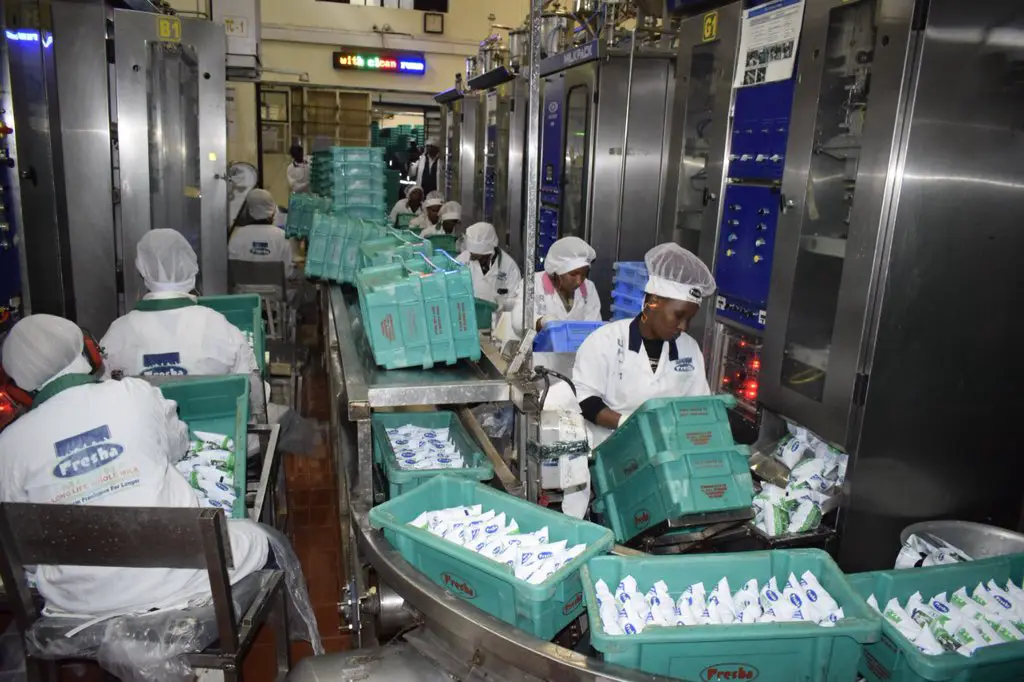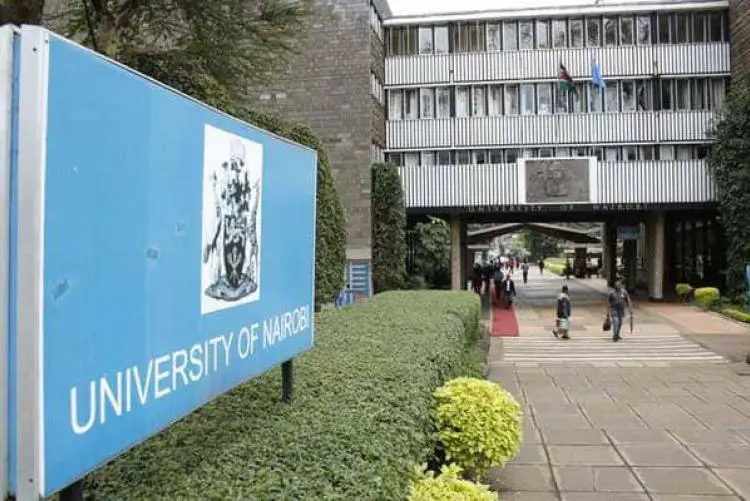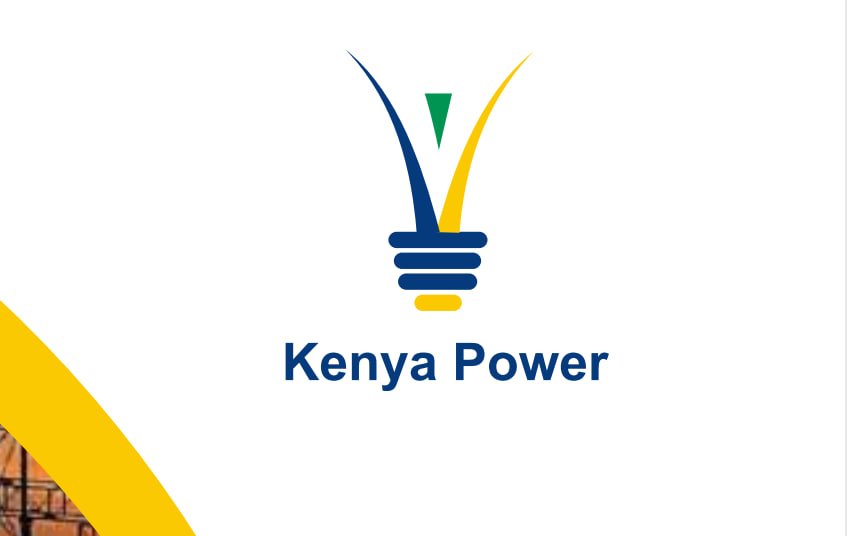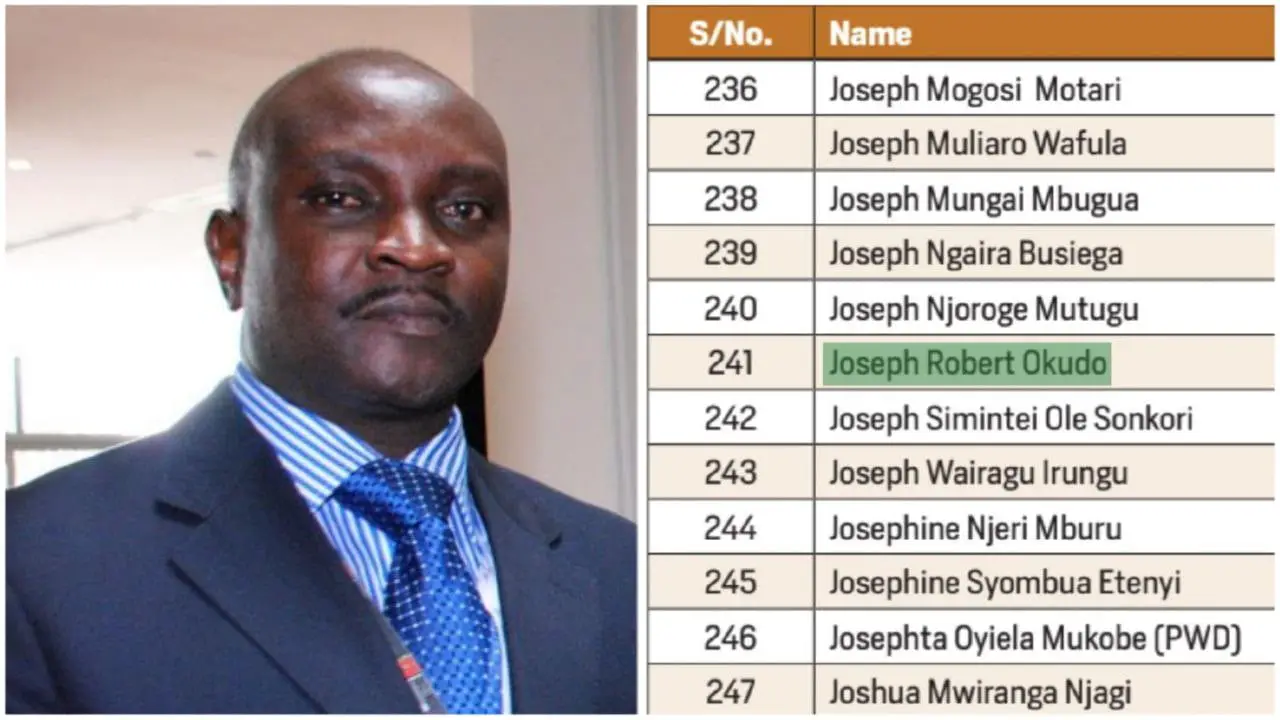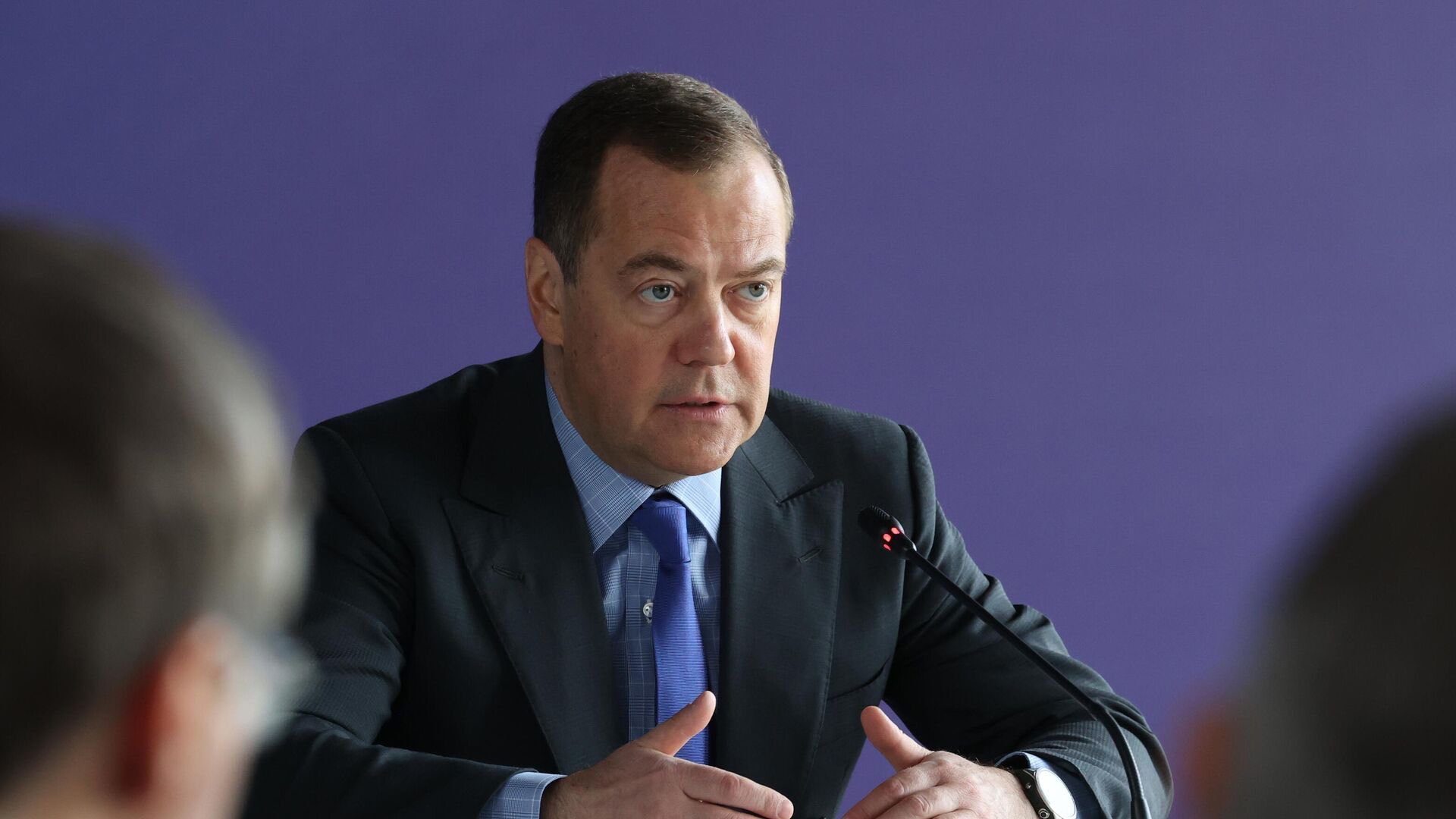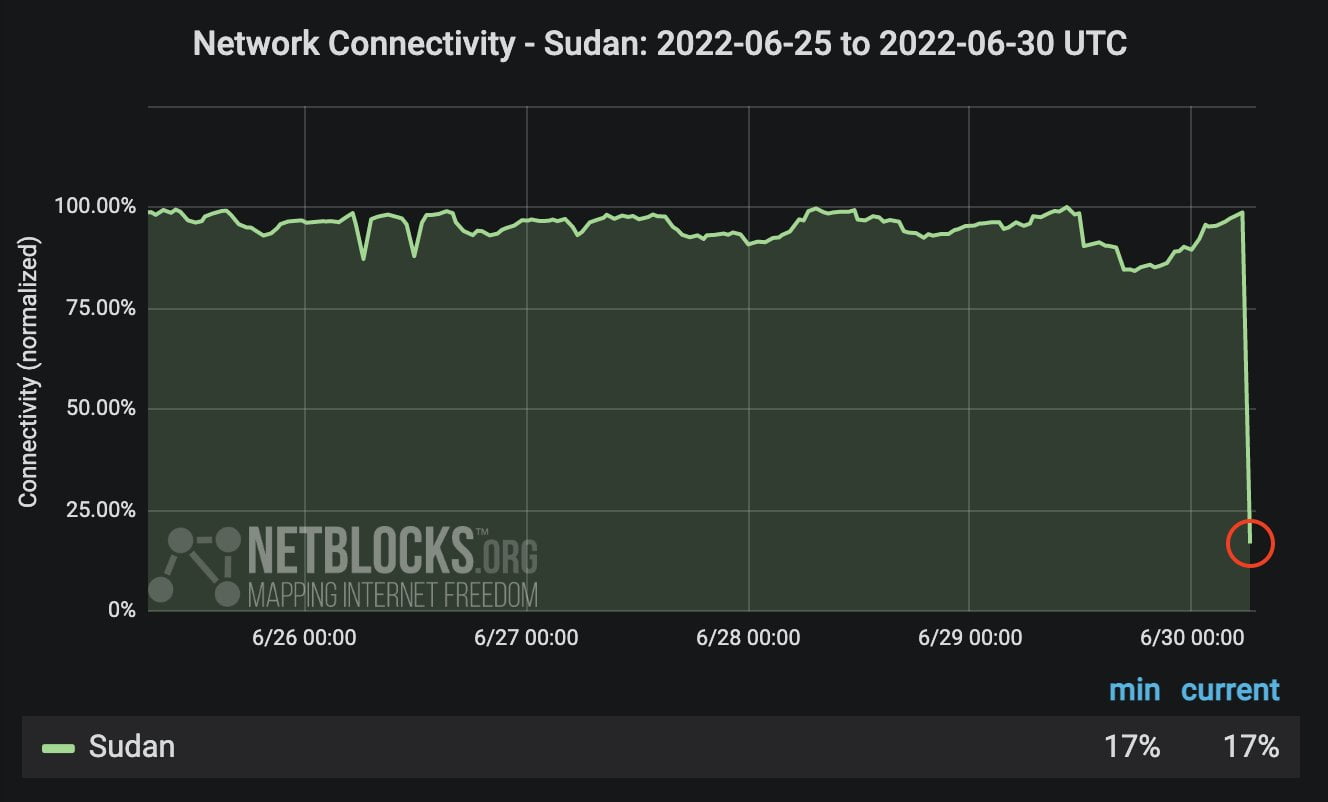[ad_1]
Kenya’s GDP To Expand Between 5.6 And 5.8% – Cytonn
By Soko Directory Team / January 13, 2020 | 8:54 am

In 2019, the Kenyan economy recorded an average growth of 5.4 percent for the first three quarters of 2019, compared to an average of 6.0 percent in a similar period in 2018.
The subdued growth was mainly a result of:
The slowdown in agricultural activities due to delayed long rains, which curtailed agricultural production
Decreased output in transport and electricity activities, due to the rise in prices of fuel and insufficient long rains in the first and second quarters, respectively.
According to a report released by Cytonn Investments, Kenya’s GDP is expected to come in between 5.6 and 5.8 percent for the year 2020.
According to Cytonn, the economy will be supported by the improvement in private sector credit growth, following the repeal of the interest rate cap, which is expected to improve market liquidity, coupled with improved access to credit by Micro, Small and Medium Enterprises (MSMEs). Banks will have sufficient margin to compensate for risks and allocate funds away from the government towards lending.
The economy will also be shielded by the stable growth of the agricultural sector, due to spillover effects from the heavy rains experienced in Q4’2019. There is also increased budgetary allocation to the sector for ongoing irrigation projects, strategic food reserves, cereal, and crop enhancement and crop insurance schemes, in order to enhance food security and nutrition.
READ: Safaricom’s Mali To Allow M-Pesa Users Earn Interest On Investment
Public infrastructural investments are expected to be driven by the budgetary allocations in infrastructural projects, with the 2019/20 allocation increasing by 3.9 percent to 435.1 billion shillings from 418.8 billion shillings in 2018/19.
The economy of Kenya will face the risk of debt sustainability which continues to be a key concern, with the public debt to GDP ratio currently estimated at 62.0 percent and the Government having substituted the debt ceiling that was previously pegged at 50.0 percent of GDP to an absolute figure of 9.0 trillion shillings.
One of the key elements of debt sustainability in any economy is the ability to service it, and this is usually measured by revenue collection to total outstanding payments required, both in principal and interest payments.
In this Financial year, the Government had budgeted to pay 139.0 billion shillings (USD 1.4 bn) in foreign interest coupled with the repayment of the principal loan extended to Kenya for the first phase of the mega railway project which will kick off this year after the expiry of a five-year grace period that Beijing had extended to Nairobi for the loans used to build the standard gauge railway (SGR) line.
READ: 40% Of African Countries Are At Distress Level In Terms Of Debts
Pressure from debt repayment raises a concern of the Government funding the fiscal deficit in the FY’2019/20 budget, which might force a reduction in expenditure and in effect a decline in economic growth.
The Kenyan Government has continued to stress out its fiscal consolidation strategy going forward in order to reduce the country’s fiscal deficit, which is currently at 6.2 percent of GDP, from 7.7 percent in 2018/19, and against a target of 5.6 percent of GDP.
This might adversely affect economic growth due to reduced government spending and in a bid to mitigate this, there are expectations of adoption of an accommodative monetary policy stance to support economic activity.
“We are of the view that accommodative monetary policy which is a strategy implemented by the Central bank in order to stimulate and encourage economic growth by lowering short term interest rates, however, cannot fully offset the impact of a fiscal tightening and as such this might lead to slower economic growth,” said Cytonn.
READ: Retirement Planning: How To Get Started For Maximum Benefits
More Articles From This Author
[ad_2]
Source link


